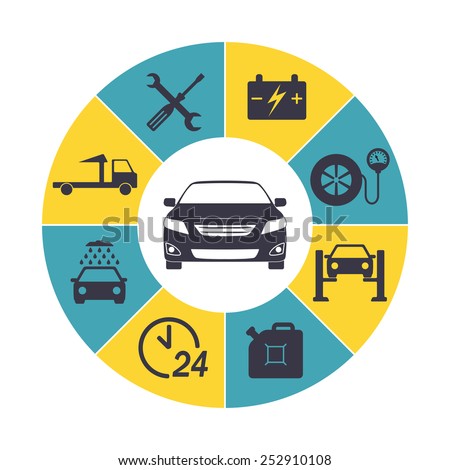Familiarize Yourself With The Dashboard Caution Lights In Your Car To Prioritize The Well-Being And Safety Of Your Lorry
Familiarize Yourself With The Dashboard Caution Lights In Your Car To Prioritize The Well-Being And Safety Of Your Lorry
Blog Article
Posted By-Kessler Gross
When you're behind the wheel, those radiant warning lights on your control panel can be a bit puzzling. Do you recognize what they're trying to tell you regarding your vehicle's health? Understanding the value of these lights is important for your safety and the longevity of your automobile. So, the next time among those lights turns up, would not you wish to decode its message accurately and take the essential actions to address it?
Common Caution Lights and Interpretations
Recognize typical warning lights in your automobile and understand their meanings to guarantee safe driving.
The most typical warning lights consist of the check engine light, which signals concerns with the engine or discharges system. If this light begins, it's important to have your car inspected without delay.
The oil stress alerting light indicates low oil stress, needing prompt interest to avoid engine damage.
A blinking battery light may recommend a damaged charging system, potentially leaving you stranded otherwise dealt with.
The tire pressure monitoring system (TPMS) light signals you to low tire stress, affecting car security and fuel efficiency. Neglecting this can bring about harmful driving conditions.
The abdominal light suggests a problem with the anti-lock stopping system, jeopardizing your capability to quit quickly in emergencies.
Lastly, the coolant temperature alerting light warns of engine getting too hot, which can result in extreme damage otherwise fixed quickly.
Comprehending these typical caution lights will certainly help you attend to concerns immediately and preserve secure driving problems.
Value of Prompt Focus
Comprehending the common warning lights in your vehicle is just the initial step; the relevance of immediately addressing these warnings can't be emphasized sufficient to ensure your safety and security when traveling.
When a caution light brightens on your control panel, it's your vehicle's means of communicating a prospective concern that needs attention. Ignoring these cautions can bring about much more serious issues down the road, compromising your security and possibly costing you much more in repairs.
Motivate attention to advising lights can prevent failures and mishaps. For example, a blinking check engine light might show a misfire that, if left neglected, can cause damage to the catalytic converter. Addressing this without delay can conserve you from a costly repair work.
Likewise, a brake system cautioning light might signify reduced brake fluid or used brake pads, critical components for your safety and security when driving.
DIY Troubleshooting Tips
If you discover a caution light on your control panel, there are a few do it yourself repairing suggestions you can attempt before seeking specialist aid.
The first step is to consult your car's guidebook to understand what the specific caution light shows. Occasionally nubrakes mobile brake repair can be as straightforward as a loosened gas cap causing the check engine light. Tightening the gas cap may fix the trouble.
One more common concern is a low battery, which can activate numerous advising lights. Inspecting the battery connections for rust and guaranteeing they're protected may fix the problem.
If a caution light persists, you can try resetting it by detaching the car's battery for a few mins and then reconnecting it. Furthermore, inspecting east butherus drive auto repair , such as oil, coolant, and brake fluid, can assist troubleshoot warning lights connected to these systems.
browse around this website
To conclude, understanding your vehicle's warning lights is important for keeping your vehicle running efficiently and safely. By quickly addressing these notifies and understanding what they indicate, you can stay clear of expensive fixings and possible malfunctions.
Keep in mind to consult your car's guidebook for particular information on each warning light and take action accordingly to guarantee a hassle-free driving experience.
Remain informed, remain risk-free when driving!
